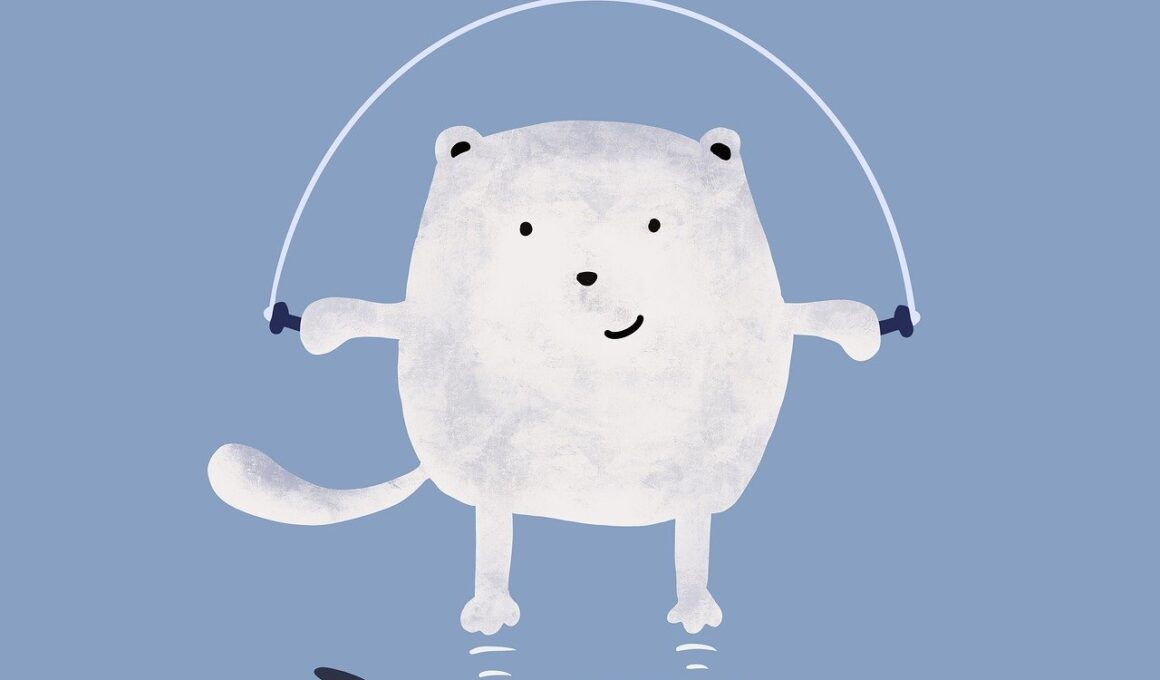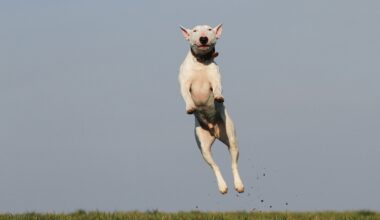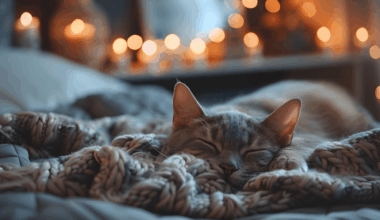Impact of Diet on Active Cats: Case Study Perspectives
The relationship between diet and activity level in cats is an increasingly vital area of study. Several case studies highlight how proper nutrition can significantly enhance energy levels and overall performance in active cats. Cats require a balanced diet rich in protein and essential nutrients to thrive. A case study involving a spirited tabby demonstrated that incorporating high-quality protein sources, such as chicken and fish, resulted in increased playfulness and stamina. Additionally, hydration plays a crucial role; cats consuming wet food exhibited improved energy compared to those on dry diets. Similarly, the introduction of specialized supplements like omega fatty acids contributed to better joint health and mobility, encouraging more active behavior. It is essential for cat owners to understand the specific dietary needs of their pets, especially for those with high energy. This approach not only influences physical activity but also promotes mental stimulation and wellbeing. Cats are naturally curious and requiring an adequate diet can enhance their exploratory behavior, leading to a happier, more engaged pet. The right diet can transform an ordinary cat into a lively, healthy companion.
In another case study, a group of active Siamese cats revealed interesting insights into the link between diet and energy. The cats were given various diets, focusing on fiber content and nutritional balance. Results showed that cats consuming a moderate fiber diet had better energy levels and were more inclined to engage in interactive play. This research emphasizes the importance of understanding not just the quantity of food but also the quality. For instance, diets enriched with specific micronutrients, such as taurine and antioxidants, supported cardiovascular health and improved overall activity levels in the cats. These findings encourage pet owners to seek diets that cater to their cat’s lifestyle, especially if they are active. Through this lens, cat owners can select foods that not only meet nutritional needs but also support vigorous activity patterns. Regular activity is vital for cats, aiding in weight management and promoting mental stimulation through play. Therefore, cat owners should actively assess their feline companions’ diets, ensuring they’re optimal for maintaining energy and health over a prolonged period and leading to better behavior overall.
Diet Variety Impact Study
Furthermore, case studies analyzing the effects of varied diets on energy levels in active cats have proven illuminating. For instance, one study examined the impacts of raw, home-cooked, and commercial diets on cats’ energy. Participants in this study, particularly those on raw diets, displayed significantly elevated activity levels and overall vitality. It’s vital to consider that the source of nutrition can provide calories and energy to encourage movement. In contrast, some commercial cat foods may lack the vital nutrients necessary for this high level of activity. Another intriguing finding involved the variation in carbohydrate content among these diets. Cats with lower carbohydrate intake exhibited higher energy and activity, reinforcing the message that a cat’s digestive system is optimized for protein over grains. Another case study focused on a group of active indoor cats illustrated a decrease in lethargy as their diet transitioned to a protein-centric option. This shift led to sustained engagement in play and reduced behavioral issues. These insights reflect the direct influence dietary choices can have on a cat’s propensity for being active and thriving.
Moreover, the role of timing in feeding active cats emerged as a notable factor in case studies. One study explored the difference between free-feeding and scheduled feeding among active cats. Results indicated that cats fed smaller, more frequent meals exhibited increased playfulness and energy compared to those on a free-feeding regimen. Scheduled feedings allowed for better digestion and a consistent energy supply, reducing the instances of sudden lethargy. Feeding close to playtime proved beneficial for active cats, ensuring they had the right fuel for engagement. Additionally, cat owners are encouraged to observe their pets’ reactions to various feeding schedules to tailor approaches to individual needs. Nutritional knowledge, coupled with scheduling insight, empowers pet owners to make informed decisions about optimal feeding practices. A well-timed meal can turn an ordinary play session into an energetic adventure. As such, understanding the interplay between diet, feeding schedule, and activity level is crucial for fostering an active lifestyle among cats. This subject continues to gain attention as studies evolve, presenting new recommendations for feeding active felines.
Real-World Applications
Real-world applications of dietary insights for active cats are key for cat owners looking to optimize their pets’ health. Pet owners can learn from the experiences of those who have successfully improved their cat’s diet to promote activity. Several testimonials from cat owners share stories about transitioning their pets to higher protein diets and the observable effects on their energy. For instance, many reported enhanced enthusiasm and engagement during playtime, leading to a more interactive and fulfilling relationship. Such positive outcomes reinforce the notion that the right diet positively impacts overall health and behavior for active cats. Implementing change starts with understanding the essential components of a balanced diet specific to a cat’s lifestyle needs. It’s advisable to consult with a veterinarian when making significant dietary changes to ensure all nutritional requirements are met appropriately. Owners should take a keen interest in observing their pets and adjusting diets accordingly to optimize both health and happiness. Fostering an environment that meets the nutritional needs of active felines not only encourages movement but also reinforces positive behavioral traits.
Lastly, the significance of mental stimulation, alongside a balanced diet, cannot be overstated. Active cats benefit from dietary strategies that promote cognition and focus, enhancing play experiences. Certain diets fortified with DHA—an omega-3 fatty acid—have been linked to improved cognitive function. One case study highlighted a group of educated cat owners who included cognitive-formulated diets in their cats’ meals. They noticed that the dietary changes led to increased interaction during play, promoting an environment conducive to learning and engagement. These findings represent a growing interest in the mental aspects of feline health, demonstrating the intricate relationship between diet and cognitive skills. Moreover, companies are now developing foods specifically targeting brain health, adding a layer of consideration for owners. It’s essential to recognize that an active cat is not just physically fit but mentally engaged as well. Ensuring adequate mental stimulation through enriched diets and activities can enhance quality of life. This holistic approach to pet nutrition illustrates the complexity of active cat care and the essential nature of addressing both physical and mental needs.
Conclusion and Recommendations
In summary, cat owners are encouraged to adopt a comprehensive approach when considering their active cats’ dietary needs. The insights gained from numerous case studies underline the importance of a high-protein diet rich in essential nutrients. Adding supplements like omega fatty acids can contribute positively to joint health and mobility. Additionally, the timing of meals appears crucial in maximizing energy levels and promoting a healthy lifestyle. Such factors highlight that consistent feeding schedules can enhance engagement levels. Pet owners must also consider the mental well-being of active cats, ensuring diets promote cognitive faculties while providing ample physical activity opportunities. Prioritizing high-quality, nutrient-dense foods can lead to happier cats that thrive in interactive environments. It’s vital to regularly assess a cat’s health and behavioral responses when transitioning to new diets, always in consultation with a veterinarian. The objective is to create conditions in which cats can fully realize their energetic potential, benefiting both their physical and mental states. Ultimately, a well-rounded diet tailored to an active lifestyle will lead to a more fulfilling experience for both pets and their owners.


